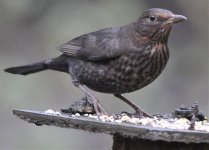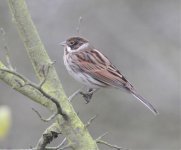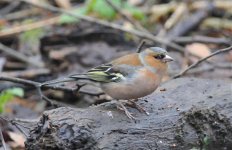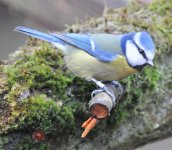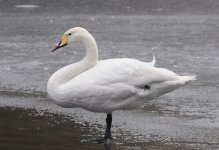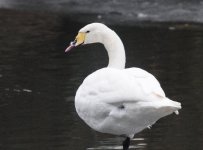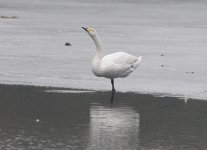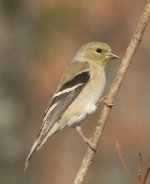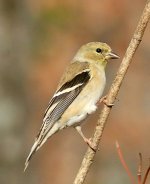Are you shooting in RAW or jpg? I'm guessing you used jpg, and therefore the camera has done all the processing, including applying noise reduction, which has taken away the feather detail in those first shots and made the bird look plasticky".
You should shoot in RAW and use Photoshop Elements (much cheaper & easier to use than the full suite) or equivalent to post-process, so you have more control over the image - if you want the best image that good, long glass can give you.
I use Photoshop Elements, and usually do just 4 things to an image (so it takes only a moment): crop (if necessary), shadows/highlights, curves/levels, and sharpening (5th, IF the image is noisy from shooting at too high an ISO, then I use Neat Image noise reduction before I sharpen).
How are you saving these image files you uploaded? The exif is stripped out. In Photoshop, you want to use "save as" to preserve the exif, NOT "save for web", which strips out the exif data.
If you want to see the kinds of images I end up with (many taken with a 300L + 1.4x, so identical reach to yours) go here:
backyard birds gallery:
http://allenh.zenfolio.com/f448269862
mostly avian wildlife in parks & preserves:
http://allenh.zenfolio.com/f557097489
Attached is an example w/o and with post-processing:
#1: an image that initially wasn't post-processed at all, so it's a little dull & lifeless, even though it's a very nice composition and pose, with good, complementary color balance;
#2: same image after my 5 pp steps (this image needed noise reduction) - now it "pops".
See the difference in sharpness & clarity?




